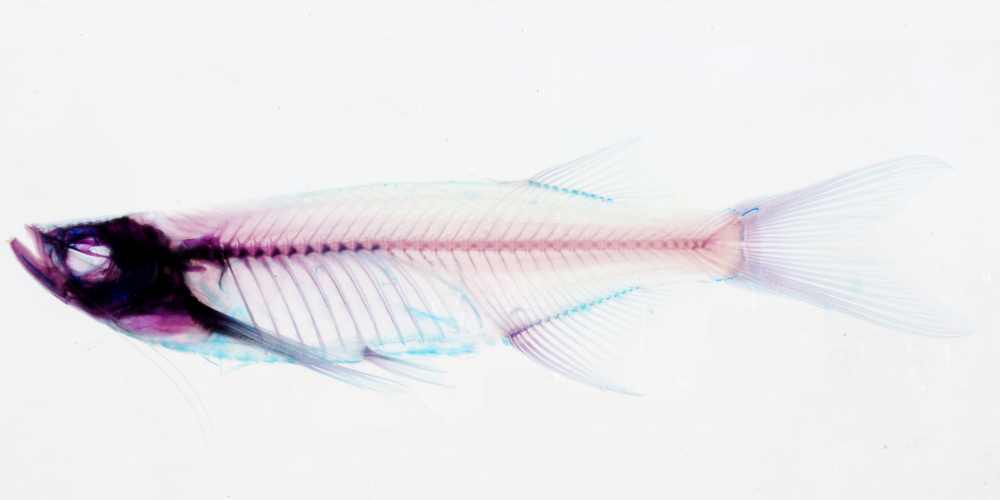Vertebrate zoology collection
The by far largest objects found in the museum are vertebrate species. A mounted whale skeleton is several tens of meters long. There are also animals which are only a few centimeters long, as zebra fish and small frog skeletons.
Birds
The bird collection at the Swedish Museum of Natural History is among the largest in the world. The collection has a global coverage and approximately 65% of the world’s species are represented. The study skin collection contains approximately 116 000 skins from all over the world, whereas the skeleton collection contains approximately 26 000 specimens, mainly from Sweden. The egg collection comprises approximately 28 000 clutches, and it is used mainly for contaminant research. Ca 1700 specimens are kept in alcohol. The blood and tissue collection contains 11 000 samples.
Types of birds
A major revision of our bird types was made in 1926 by Nils Gyldenstolpe. This list includes 283 type specimens.
Mammals
The Swedish Museum of Natural History manages a sizeable collection of mammals, mainly skins and skeletons but also kept in alcohol. Some specimens are mounted and used in the museum´s exhibitions.
Fishes
Nearly all fishes are preserved in ethanol. A minor part of the collection is mounted whole fishes or skeletons. We also have a few skins, alizarin preparations and a small number of otholiths.
Search in our fish collection database.

Alizarin preparation. NRM 50126, Nematabramis steindachneri from Malaysia.
Reptiles and amphibians
The Swedish fauna is reasonably well represented, but in Sweden less than 20 species are found. A major part of the collection includes species from tropical and subtropical areas. Amphibians and reptiles collection includes about 50,000 individuals in 10,000 jars, of which about one-fifth is in our database.
Nearly the entire collection is preserved in alcohol but there are also a few mounted skeletons and skins. Type collection is fairly small and contain mainly species described by LG Andersson, C. Linnaeus, E. Lönnberg and H. Rendahl.
Search in our herptile collection database .
.


